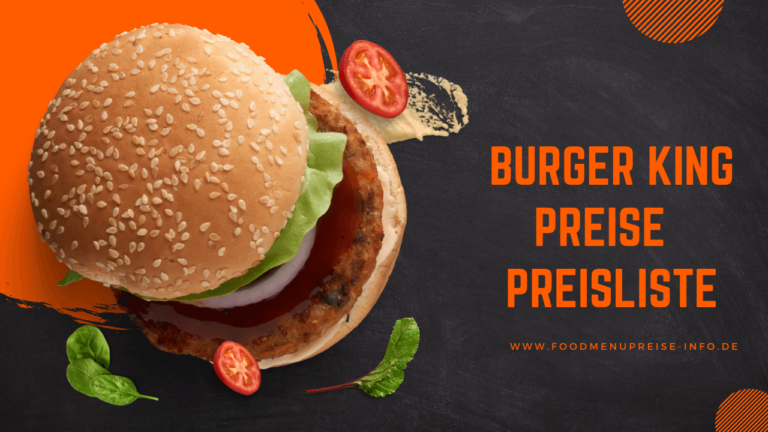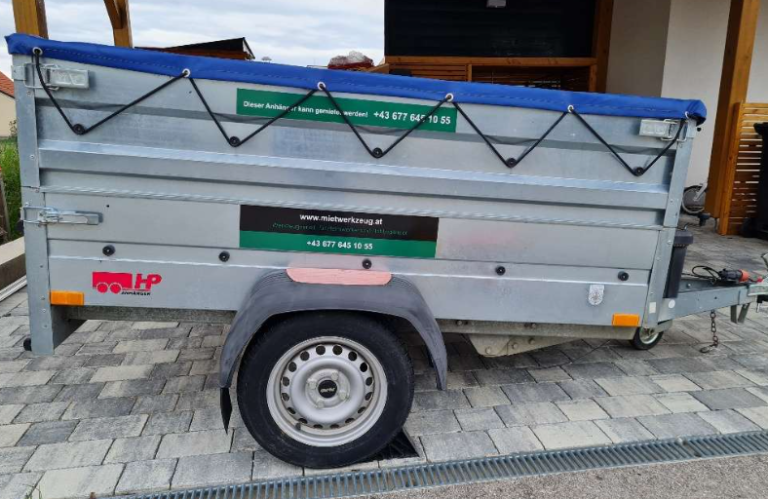The right way of importing used Japanese cars in Cambodia

In the past century, Cambodia was a country with a low economy, but in recent years, it has boosted its economy pretty much at a speed. This growth has made many sectors, especially the automobile industry, flourish in importing and exporting ways. The local automobile manufacturer has increased their growth, and the country spends a considerable amount in importing the Japanese used vehicles in the country as well.
The Japanese cars have maintained their reputation in the Cambodian market for a very long time, and their popularity is increasing day by day. The Japanese cars are durable and comfortable for the buyer to purchase, even their used vehicles, with full peace of mind.
Shipping Terms:
To import a Japanese used car for sale in Cambodia is considerably straightforward. Here are some rules and regulations built for the convenience and legalization of electric vehicles in this area. Ne must know its basics to clarify the process. The terms majorly depend on the deals of seller and buyer, but here are the
Cost, Insurance, Freight (CIF)
The seller is responsible for loading the vehicle, and the cost is paid by the seller as well as the seller’s cargo to bring the object to the destination port. The buyer does not bear any shipping expenses, yet the risk of losing or damaging the vehicle is merely on the buyer.
Free on Board (FOB):
The seller’s responsibility is to deliver the vehicle properly. The clarification from the export department depends on the seller. Then, carefully port the goods into a suitable vessel. From now on, the buyer takes responsibility, accounts for all the risks, and bears all the expenses of the shipmate.
Ex-work (EXW)
In this importing type, the seller does not load their good to any port. They have their warehouses or factories or any places named after their company. They send your selected vehicle to their place, and the buyer bears all the expenses of getting their vehicle, which includes all the insurance, transportation expenses, and duties or taxes.
Cost and Freight (CFR)
Like CIF, just without the insurance. The seller is responsible for the price and freight to deliver the products to the destination port. Once more, the risk passes to the customer after the items are placed into the vessel.
Types of Shipping Methods:
RORO method
The RORO is the roll-on and roll-off shipping method. It is the most effective shipping method for transporting oversized and heavy vehicles. Vehicles may be driven straight onto the deck of a RoRo vessel thanks to its unique ramp design. They are safely parked and fastened to the vehicle to stop them from moving while in travel. The cars are driven off the ferry using the same ramps once they reach the destination port.
Container shipping
It is the shipping method in which a standard container is used to transport the vehicle. This method is most effective for lightweight cars. In container shipping, cargo is packed into containers at the manufacturer, warehouse, or port of origin. After loading into a container ship, the containers are safely stacked and driven to the destination port. When they arrive, the ship’s containers are emptied and can be taken straight to trucks or trains to continue to their destination.
Flat rack shipping
Securing automobiles for transit onto flat racks or platforms is known as “flat rack shipping.” With no sidewalls or roof, these flat racks are essentially open containers that simplify loading and unloading large or oddly shaped cargo, such as heavy machinery and automobiles.
With the minimum effort and worry with SAT, you can’t get your Japanese used cars for sale in Cambodia. These are the Japanese used car dealers whose popularity is increasing globally every day. The reason is the wide range of automobiles and the company’s practical teamwork. The team is fully trained and deals appropriately and professionally to access you at every point of the car-buying journey.






